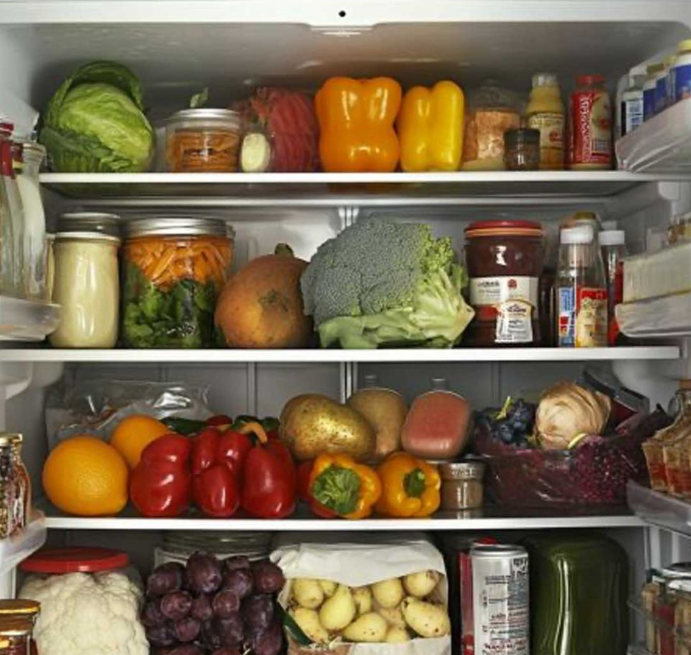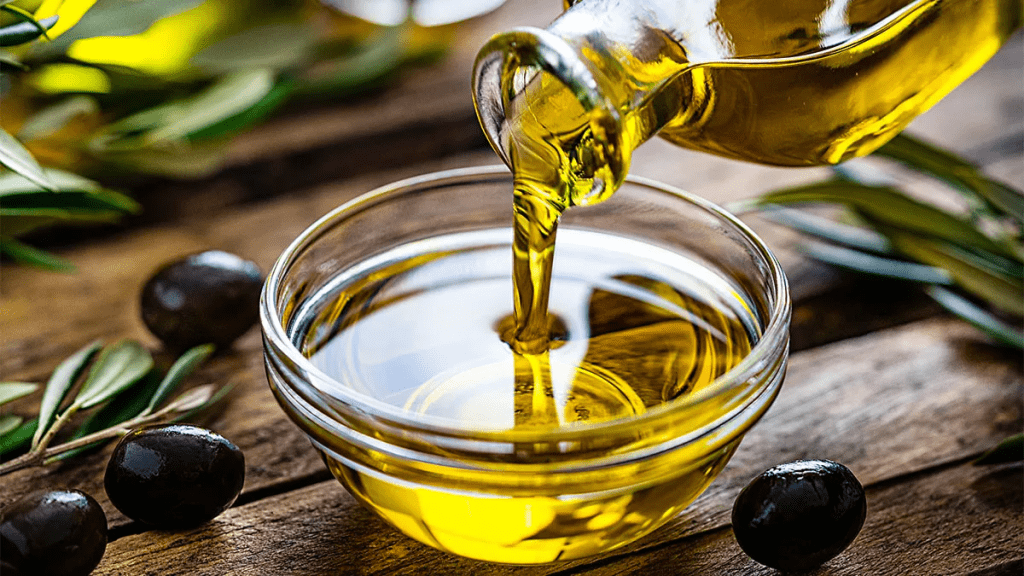Many of us instinctively stash almost everything in the refrigerator, assuming it will keep our food fresher for longer. While refrigeration is essential for certain items, it can actually harm some foods by affecting their taste, texture, and even nutritional value. Placing the wrong ingredients in the fridge can speed up spoilage, leaving you with wasted food and missed flavors. This guide reveals ten ingredients you should always store outside the fridge and provides tips on how to keep them at their best.
Why Refrigeration Isn’t Always Best

Refrigeration slows bacterial growth and extends the shelf life of perishable foods like meat, dairy, and some fruits and vegetables. However, not all foods react well to cold temperatures. In fact, certain ingredients can undergo chemical changes in the fridge, affecting their flavor, texture, and ripening process. Let’s look at why some foods should be kept at room temperature instead.
1. Tomatoes
Tomatoes lose flavor and develop a mushy texture when stored in the fridge. The cold halts the ripening process, which is crucial for their taste and aroma. Store tomatoes on the countertop, away from direct sunlight, to allow them to ripen naturally and keep their vibrant flavor intact.
2. Potatoes
Potatoes convert their starch into sugar at lower temperatures, resulting in a gritty texture and an overly sweet taste. Cold storage also causes them to darken when cooked. For the best results, store potatoes in a cool, dark, and dry place like a pantry or cellar.
3. Onions
Onions become soft and moldy when exposed to the refrigerator’s moisture. They require ventilation to stay fresh, so place them in a mesh bag or bowl in a dry, cool, and dark area. Avoid storing onions with potatoes, as they emit gases that accelerate spoilage for both.
4. Garlic
When garlic is stored in the fridge, it begins to sprout and turns rubbery, losing its sharp flavor. Instead, keep garlic bulbs in a cool, dry, and well-ventilated area. Proper storage helps garlic retain its robust flavor and texture.
5. Bread
Bread goes stale quickly in the fridge due to the crystallization of starch molecules. To keep it fresh, store bread in a breadbox or paper bag at room temperature. For longer storage, you can freeze bread and thaw individual slices as needed.
6. Honey
Honey has natural preservatives and doesn’t need refrigeration. In fact, cold temperatures cause honey to crystallize and become gritty. To keep honey smooth and spreadable, store it at room temperature in a tightly sealed jar.
7. Coffee

Coffee beans and grounds absorb moisture and odors from the refrigerator, diminishing their aroma and taste. For the freshest coffee, store it in an airtight container in a cool, dark place like a pantry. Room temperature storage helps preserve coffee’s complex flavors.
8. Avocados
If your avocados aren’t ripe yet, avoid putting them in the fridge. Cold temperatures slow down the ripening process. Instead, keep them on the counter until they soften. Once ripe, you can refrigerate them to extend their freshness by a few days.
9. Bananas
Bananas tend to lose flavor and develop brown spots in the refrigerator. Keep bananas at room temperature until they ripen fully. If you want to slow the ripening of ripe bananas, you can refrigerate them for a few extra days, but note that the peel may darken.
10. Olive Oil

Olive oil solidifies and turns cloudy in the fridge. While this doesn’t spoil the oil, it makes it difficult to use. Store olive oil in a cool, dark cabinet to keep it in liquid form and preserve its flavor and quality.
How to Properly Store These Ingredients
Understanding the ideal storage conditions for these foods can help maximize their freshness and flavor. Here’s a quick rundown:

- Tomatoes: Room temperature, out of direct sunlight
- Potatoes: Cool, dark, and dry area, away from onions
- Onions: Dry, well-ventilated space
- Garlic: Cool, dark, and ventilated spot
- Bread: Breadbox or paper bag at room temperature, or freeze for longer storage
- Honey: Room temperature in a sealed jar
- Coffee: Airtight container in a cool, dark cupboard
- Avocados: Ripen on the counter, refrigerate once ripe if needed
- Bananas: Room temperature until ripe, then optional refrigeration
- Olive Oil: Cool, dark place away from light and heat
Conclusion: Rethink What Goes in the Fridge
The refrigerator is an invaluable tool for preserving certain foods, but it’s not a one-size-fits-all solution. By keeping these ten ingredients out of the fridge, you’ll enjoy better flavors, save money, and reduce food waste. The next time you unpack your groceries, think twice about which items truly need refrigeration—your taste buds will thank you!


